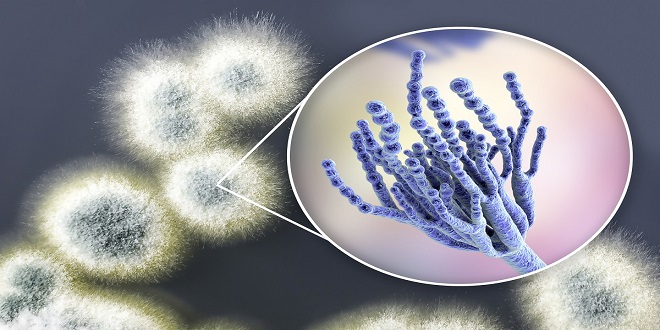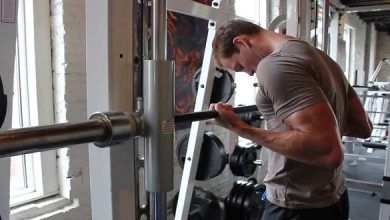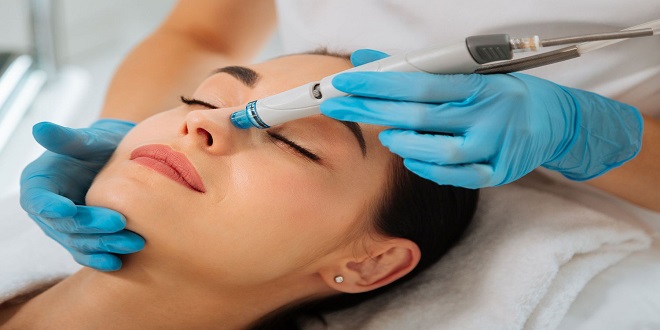Myths and misconceptions regarding mold

Mold is a type fungus that thrives on organic matter. Although it can be found indoors and outdoors, mold prefers to grow on moist surfaces. Mold spreads through the release of spores in the air. These spores are then inhaled by animals and humans who come in contact with them. Mold spores can cause severe reactions in people with allergies or other immune system disorders. It is important to understand the facts about mold. In this blog post, we will address some myths you may be believing.
Only black mold can be dangerous:
Everyone reacts differently to mold. While some molds can be more dangerous than others, all of them can have serious health consequences if inhaled or inhaled in large amounts over time. Many people believe that only black mold can be dangerous. Therefore, only black mold should be eradicated. You can still have health problems from molds that are white, grey or green.
Only indoors can mold grow:
Although outdoor mold is less dangerous than indoor mold, it must be treated as it can grow through windows and doors. You must keep your gutters clean and clear any standing water that could attract mold spores. Routine inspections don’t require a professional. Most hardware stores sell anti-mold sprays that you can apply yourself using a garden sprayer. If you don’t see improvement after just one application, it is time to call a professional.
Only grows on damp surfaces:
Mold can grow indoors and outdoors in dry or damp conditions, but indoor mold growth is more common on moist surfaces. Leakage from broken pipes, blocked drains with hair/debris or excessive humidity can cause this mold growth. This moisture then accumulates behind walls. If molds are detected on dry surfaces, it is likely that there has been prior water damage. There is no single product that can kill all types of mold. Professional cleanup is the best way to get rid of high levels of mold.
Molds can produce foul odours:
If you have black mold growing in your home, you may notice a strong musty odor. However, not all types of mold emit this distinctive smell. It may not be easy to spot any smells depending on which species you have. Even if there’s no obvious source of moisture, it is important to identify water damage as soon as possible. Most molds only require one square inch of material to grow and can quickly establish themselves indoors.
If you have headaches or difficulty breathing, it is most likely that you have an allergy.
Mold allergies can be worsened by exposure to spores outside. However, if you have severe symptoms that persist indoors and are not able to find any visible mold signs, it is best to get out of the area immediately. For personal protection, you should wear gloves, goggles and a mask if there is any visible mold growth. Mold can cause damage to your home goods and other items by releasing acidic particles. If you leave them unattended, they will only make matters worse. Leaks should be repaired immediately as moisture can lead to spore growth and costly damages.
Bleach eradicates mold:
Many homeowners swear by bleach to remove mold. However, bleach can only be used to kill the mold and not the whole problem. Although bleach is great for killing off mold, it won’t stop the spread of spores throughout your home.
Black mold can be treated with vinegar:
Some companies may advertise that their product kills black mold using household products. It doesn’t say if they can remove water damage or treat future growth. These cleaners are usually basic in nature and contain hydrogen peroxide. This does little more than clean moldy surfaces. It is best to hire a professional who has the expertise and equipment necessary for dealing with high levels of mold.
You can leave moldy materials in your home for as long as you like:
Moldy materials left in high humidity or moisture will only encourage more spores and lead to higher levels of molds in the air. You should not leave the moldy material alone as it can lead to illness. You might also consider replacing any furniture that is damaged. Some pieces might still have mold spores even after being cleaned, but at lower levels. These aren’t enough to cause serious health problems but you need to be aware that mold spores can live in any material, including fabrics and gypsum wallboard.
Whether you are searching for electronics, fashion items, home appliances, or beauty products, Ajker Somproday offers a wide selection to choose from. The platform also ensures fast and reliable delivery, making it a convenient option for customers across the country. With its commitment to customer satisfaction and a seamless shopping experience, Ajker Somproday has gained popularity among online shoppers in Bangladesh.
Mold remediation is possible without the need for a professional.
No! Mold remediation requires professional attention. Mold remediation cannot be done yourself, despite what the commercial products may say. It’s time for a professional if you find any type of mold.
The fascinating topic of mold is often misrepresented in the media. This post will help you to understand mold and how to deal with it in your home or workplace.
Read More: Naasongs





